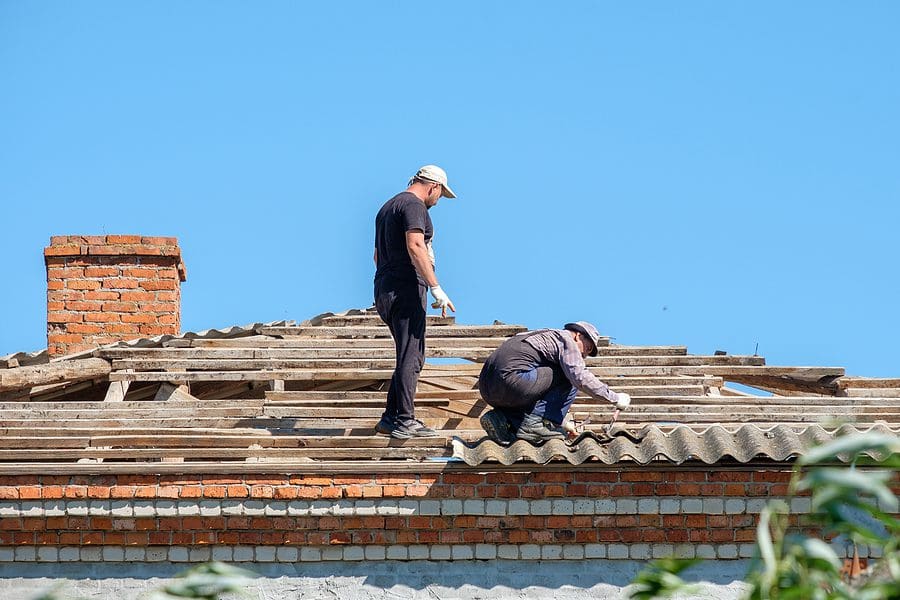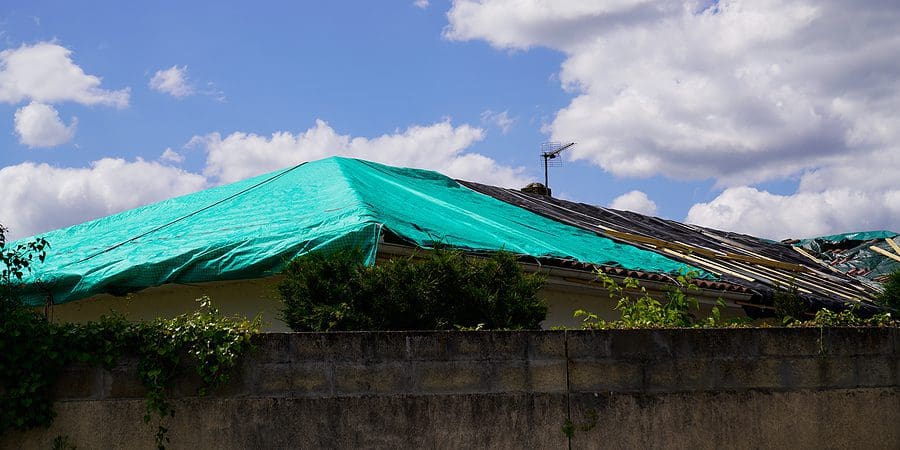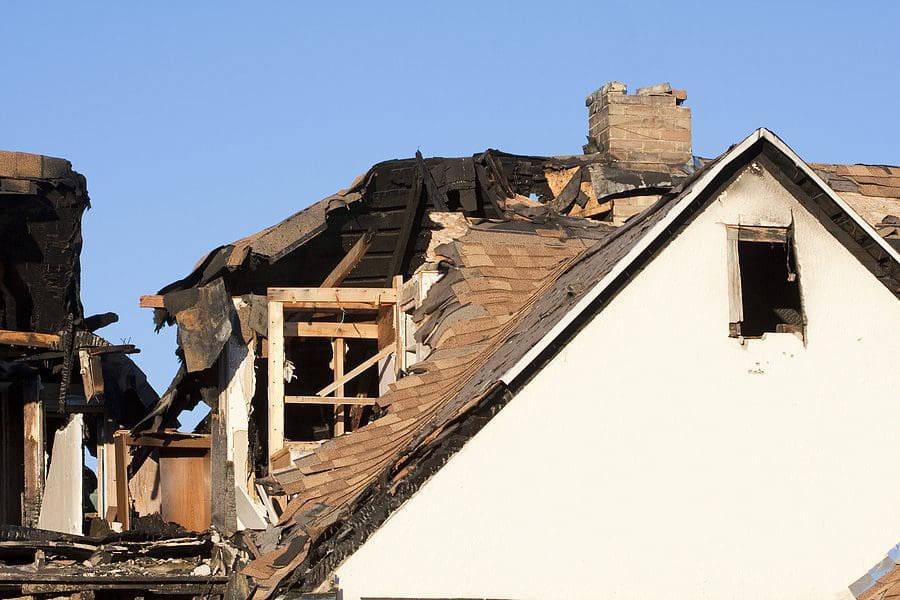As a homeowner, you can do everything right and still face unexpected damage to your roof. Extreme weather conditions, improper installation, and environmental challenges can create problems that require immediate action to resolve. Damaged roofing can put the rest of your structure at serious risk, but thankfully there are steps you can take to protect yourself and your home.
Professional Assessment

The best thing you can do for your roof is to get any damage assessed as quickly as possible by a professional roofing contractor for emergency services. If your attic is exposed to the elements, the structure of your roof is compromised, and your home is at risk from water leaks or a buildup of water (pooling), then you are in need of emergency repair services. We know that roofing emergencies can be stressful. Remember that it is worth the effort to look for a roofing contractor with experience in emergency services. Most roofing companies offer emergency repair services and can provide you with an estimate once their initial assessment is completed.
Insurance Claims
Once it is safe to do so, make sure to document the extent of the damage to your roof and anything that this damage may have affected. Take photos, make notes, and contact your insurance company as soon as possible to get the process started. Your roofing contractor may be willing to present you with a write-up of their assessment to support your insurance claim. An adjuster may want to come out and see the damage for themselves. Once your claim is approved, the work can begin.
Safety Precautions

In our D.I.Y vs. Professional Roofing blog, we detailed some of the reasons why undertaking repairs on your own is inadvisable. Roofing emergencies never occur at a convenient time for anyone. But it isn’t worth putting your health and safety at risk by trying to climb up on a potentially unstable structure and assess the damage yourself. If you can, inspect the damage from the inside and try to prevent it from spreading. Check to make sure that the damage is not affecting any electrical problems but do not attempt to resolve it yourself! Turn off your electricity until you can get a professional out there to help. If the circuit panel is dry, you can turn it off there. Otherwise, turn off your electricity at an exterior switch.
Common Emergency Roof Damage
Water leaks are among the most common type of roofing damage to occur unexpectedly. While it may seem simple, a bucket and a tarp can help to mitigate the affected area long enough to get a professional on-site. If it is safe to do so you can use patches, rubber sheets, or even duct tape to temporarily prevent the leak from getting worse. Remember that this is quite literally a band-aid solution. You will still need to get a professional roofing assessment.

Even treated, fire-resistant materials can be damaged due to extreme heat and exposure to flames. A more violent blaze can cause extensive structural damage that may require a full emergency roof replacement. Even if your house is still ‘functional’ loose soot particles and smoke can cause health problems that make it uninhabitable until it is repaired. To avoid putting yourself or your family at risk, it’s best to vacate the premise until it is deemed safe. You can even hire a clean-up company to remove any damaged or ruined items.
Environmental hazards can include everything from extreme weather to primary care and maintenance of your roof. Hazardous weather conditions like storm damage can cause unexpected damage to your roofing structure, creating many problems that a homeowner can experience. Overhanging or dead tree branches put your roof at risk for emergency repairs if not properly removed. Neglecting your roof or failing to maintain it can contribute to later damage and exacerbate any problems down the line.